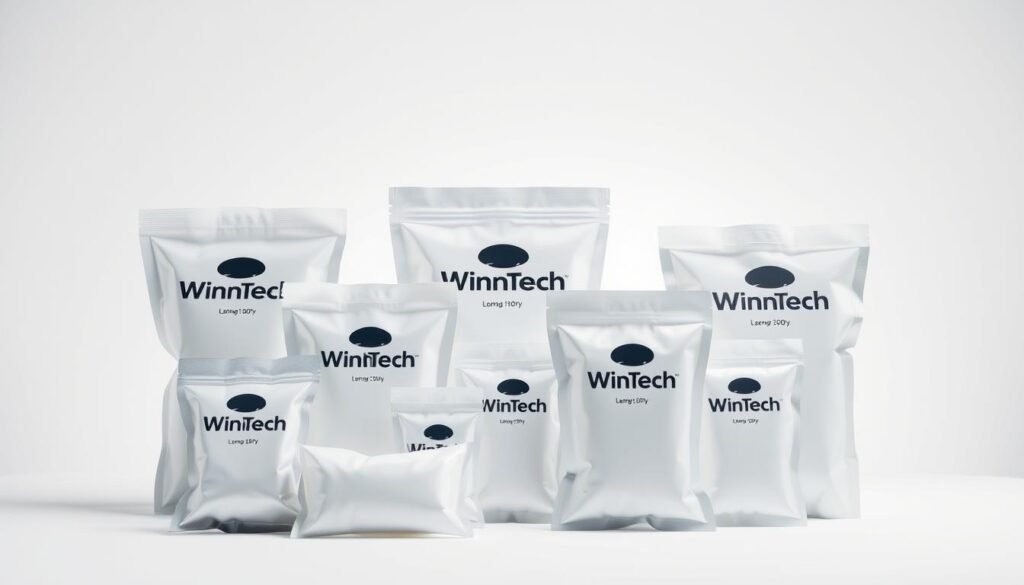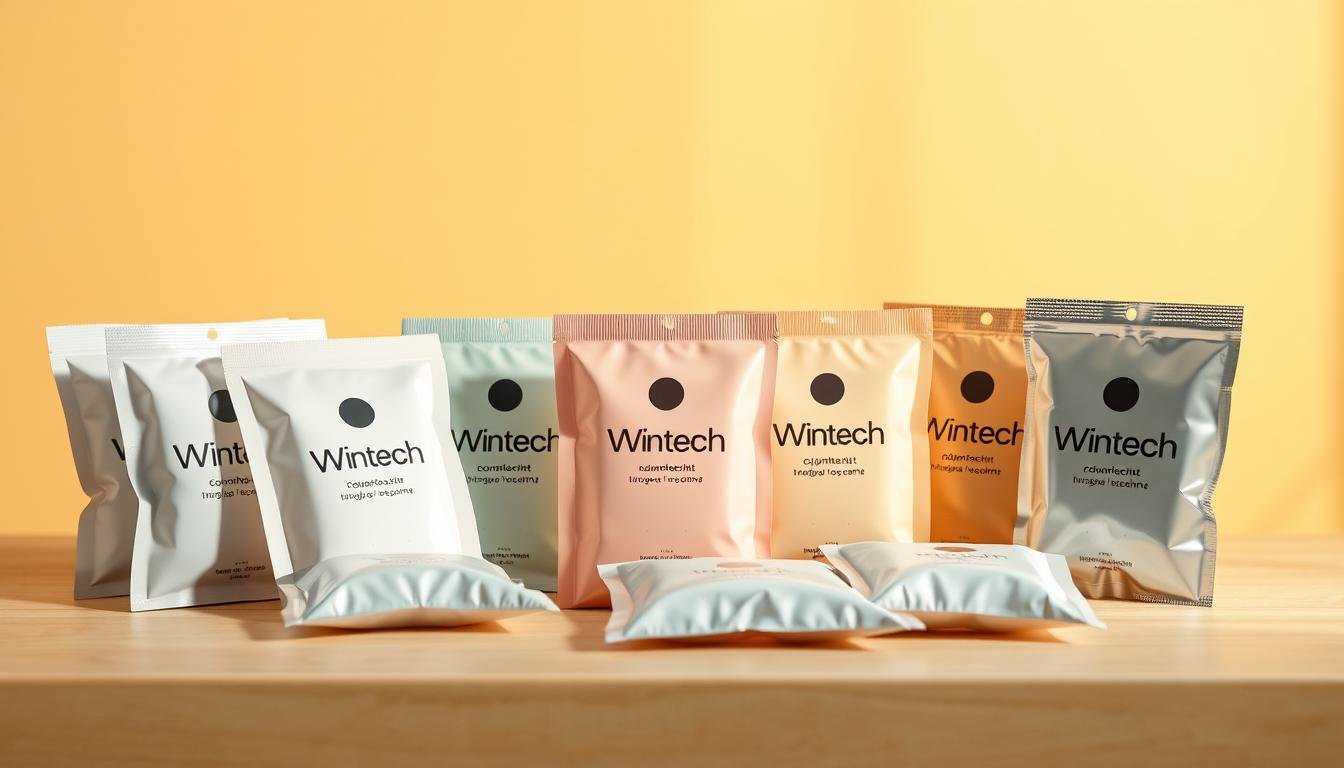Are you ready to unlock the hidden potential of small sealed packets that are revolutionizing e-commerce fulfillment? What are sachets transforming the way businesses package and ship products across the United States?
Sachets represent innovative single-use pouches that have become critical in modern e-commerce strategies. The global market for what are sachets is experiencing explosive growth, projected to expand from $10.44 billion in 2025 to $16.9 billion by 2034. Understanding what are sachets can provide your business with a competitive edge in efficient product distribution.
These compact packaging solutions offer businesses unprecedented flexibility in shipping small quantities of products. What are sachets truly changing in the e-commerce landscape? They enable precise product sampling, reduce packaging waste, and provide consumers with convenient, single-use options across multiple industries.
Key Takeaways of What Are Sachets
- Sachets represent a rapidly growing packaging solution in e-commerce
- Single-use pouches offer versatile distribution strategies
- Market projections show significant growth in sachet packaging
- Compact packaging reduces shipping and material costs
- Sachets provide consumers with convenient product sampling
Understanding What Are Sachets and Their Importance in E-Commerce
Sachets have revolutionized product packaging across multiple industries, offering convenient and compact solutions for e-commerce businesses. These small, sealed packets provide an efficient way to distribute single-use products while minimizing waste and shipping costs.

Sachets differ from traditional packets in several key aspects. While packets are typically larger and more rigid, sachets are lightweight, flexible, and designed for single-use applications. They have become increasingly popular in various sectors due to their versatility and cost-effectiveness.
Defining Sachets in Modern Packaging
A sachet is a small, sealed bag typically made from lightweight materials like plastic, paper, or foil. These compact containers are used to package:
- Personal care products
- Food and beverage samples
- Pharmaceutical medications
- Cosmetic and beauty items
Types of Sachets in E-Commerce
The market offers diverse sachet options tailored to specific product needs. Understanding these variations helps businesses choose the most appropriate packaging:
| Sachet Type | Primary Use | Material |
|---|---|---|
| Single-Serve Food Sachets | Condiments, Instant Drinks | Laminated Plastic |
| Cosmetic Sample Sachets | Beauty Product Trials | Foil-Lined Paper |
| Pharmaceutical Sachets | Medication Dosage | Medical-Grade Plastic |
Packaging Considerations for Sachets
When selecting sachets for e-commerce, consider factors like material durability, product compatibility, and environmental impact. Plastic sachets currently dominate the market, accounting for over 65% of packaging solutions in 2024. However, sustainable alternatives are gaining traction among environmentally conscious consumers.
“Sachets represent the future of efficient, compact packaging in e-commerce,” says packaging industry expert Sarah Rodriguez.
Your choice of sachet can significantly impact product presentation, shipping efficiency, and customer satisfaction. Carefully evaluate your specific requirements to select the most suitable sachet type for your business.
Shipping Strategies for What Are Sachets in Bulk
E-commerce has revolutionized how businesses approach packaging and shipping, with sachets emerging as a critical component in efficient product distribution. Understanding the nuanced strategies for shipping what are sachets can significantly impact your business’s operational success.

The evolving landscape of packaging sachets demands innovative shipping approaches that balance cost-effectiveness, product protection, and sustainability.
Optimal Packaging Solutions for Sachets
When shipping what are sachets, selecting the right packaging is crucial. Consider these key factors:
- Protective barriers against moisture and contamination
- Lightweight materials to reduce shipping costs
- Biodegradable sachets for environmentally conscious brands
- Tamper-evident packaging for product integrity
Cost-Effective Shipping Methods
Optimizing your shipping strategy for packaging sachets requires careful planning. Explore these efficient approaches:
- Bulk shipping consolidation
- Standardized packaging sizes
- Negotiated carrier rates for high-volume shipments
- Regional distribution centers
| Shipping Method | Cost Efficiency | Recommended for |
|---|---|---|
| Standard Ground | Low | Local/Regional Distribution |
| Consolidated Freight | High | Large Bulk Sachet Orders |
| Express Shipping | Medium | Time-Sensitive Deliveries |
Regulatory Compliance for Sachet Shipping
Navigating the complex world of packaging sachets requires understanding various regulations. Key considerations include:
- FDA guidelines for food and pharmaceutical sachets
- International shipping restrictions
- Hazardous material packaging requirements
- Environmental packaging standards
Successful sachet shipping blends strategic packaging, cost management, and regulatory compliance.
By implementing these comprehensive shipping strategies, you can optimize your packaging sachets distribution, reduce costs, and maintain product quality throughout the logistics process.
Best Practices for Managing What Are Sachets Inventory
Managing inventory for what are sachets requires strategic planning and precise tracking. Your e-commerce business can optimize sachet management by implementing robust digital inventory systems that track stock levels in real-time. The 1 ml – 10 ml size segment dominates the market, making accurate inventory control crucial for cosmetics, food, and medicine sachets.
Effective inventory management techniques involve using specialized software that monitors product quantities, expiration dates, and demand patterns. For sachets in cosmetics and food industries, you’ll want to develop a dynamic tracking method that prevents overstocking or running out of critical products. Leverage predictive analytics to understand seasonal fluctuations and consumer purchasing behaviors.
Storing sachets efficiently requires careful consideration of environmental factors. Protect your medicine sachets and food sachets from moisture, temperature variations, and direct sunlight. Implement a first-in, first-out (FIFO) inventory rotation system to maintain product quality and minimize waste. Designate specific storage areas with controlled conditions to preserve the integrity of your sachet inventory.
Your inventory forecasting strategy should integrate historical sales data, market trends, and upcoming promotional activities. By analyzing these factors, you can accurately predict demand for different types of sachets and adjust your stock levels accordingly. Invest in technology that provides real-time insights and helps you make data-driven inventory decisions.

